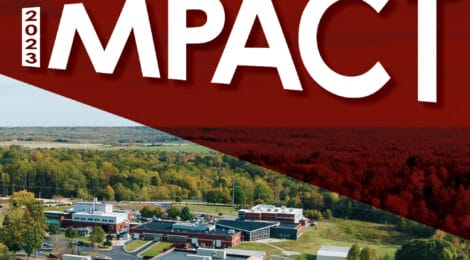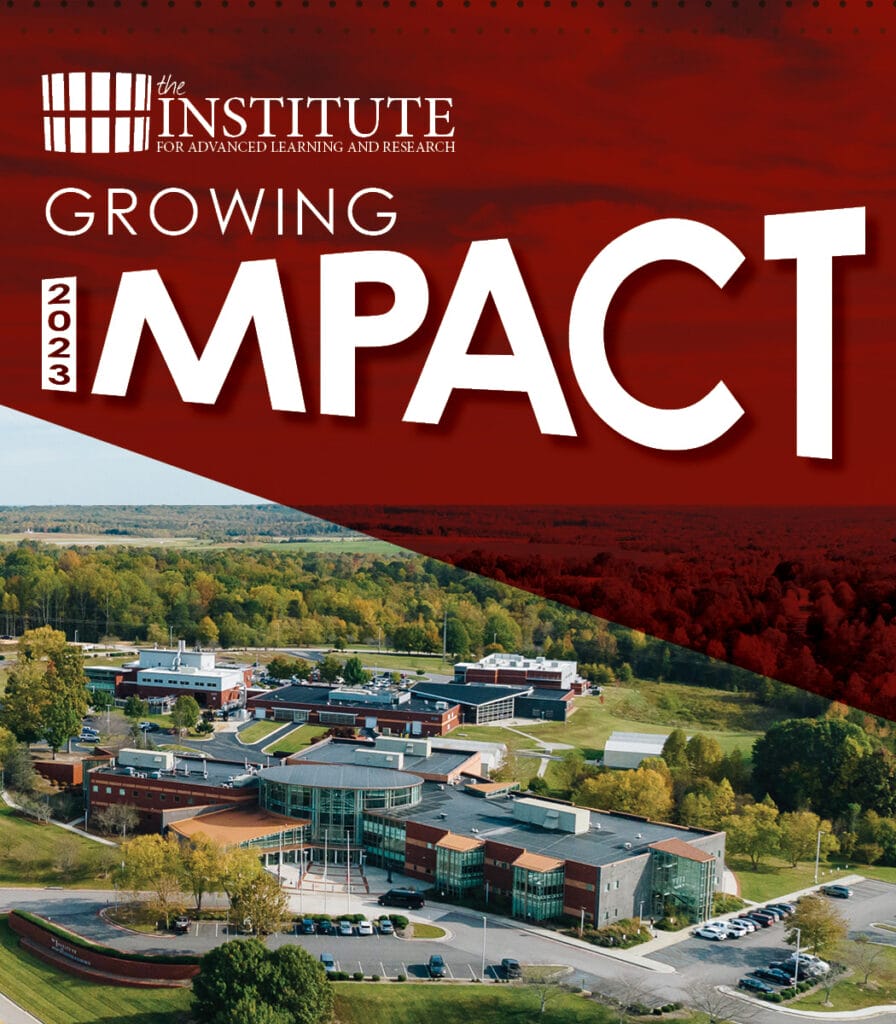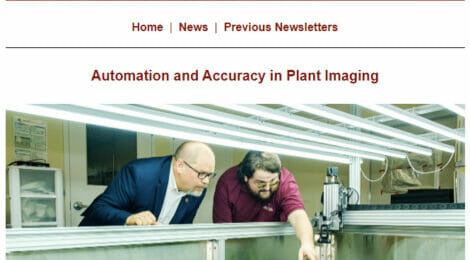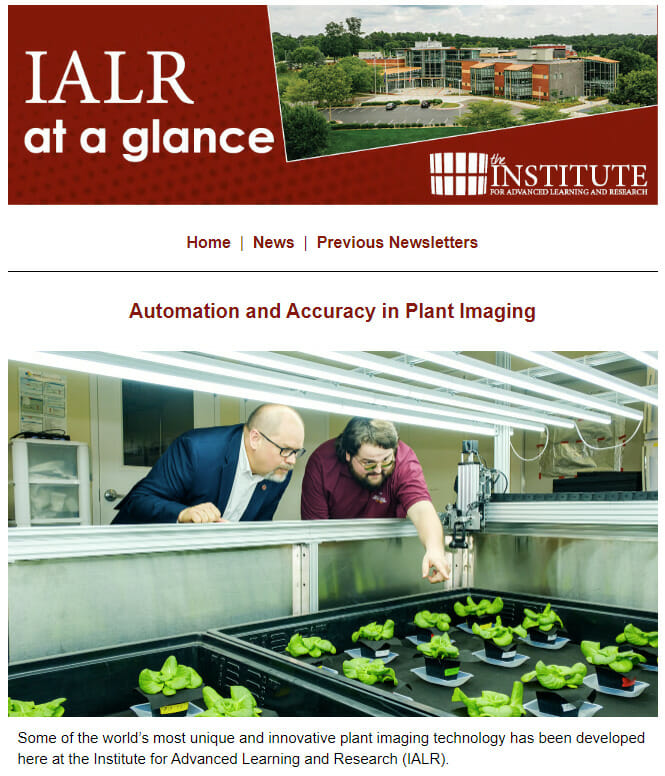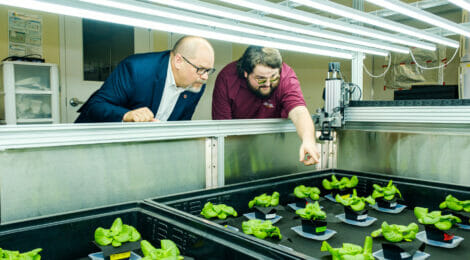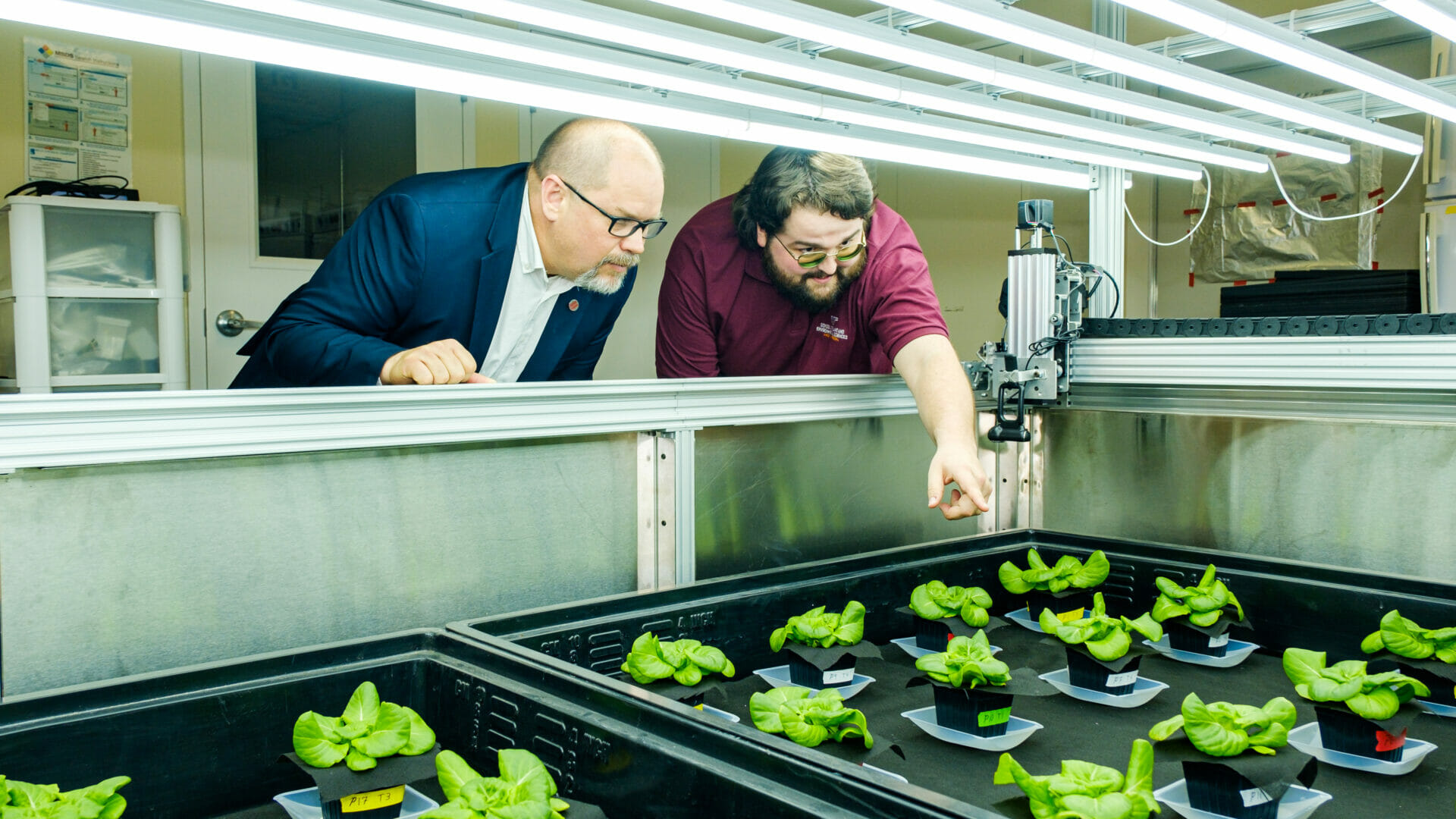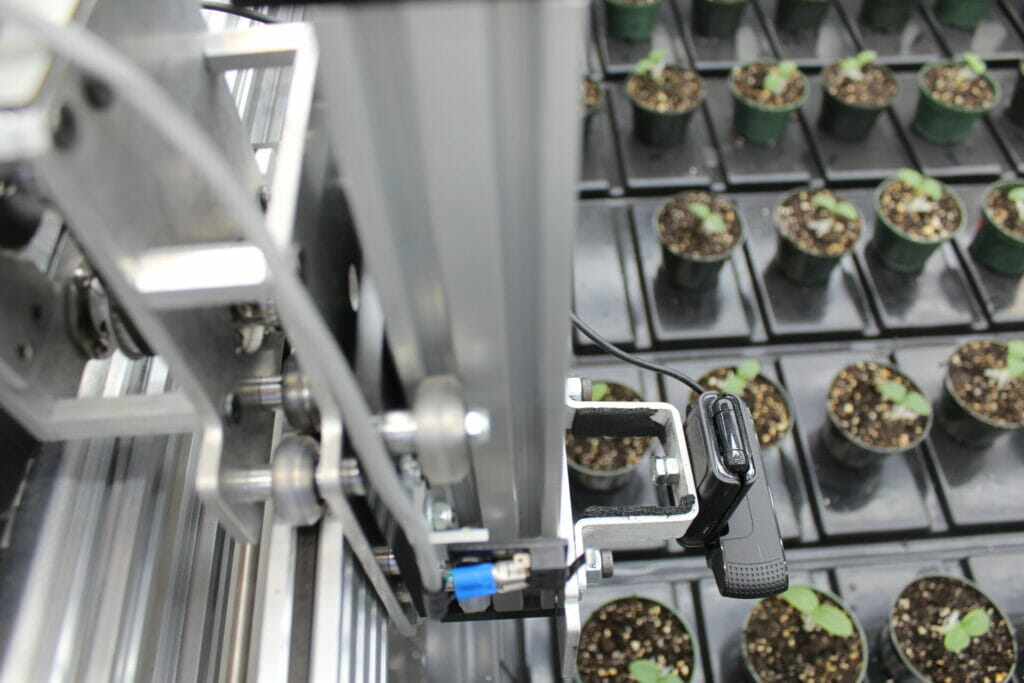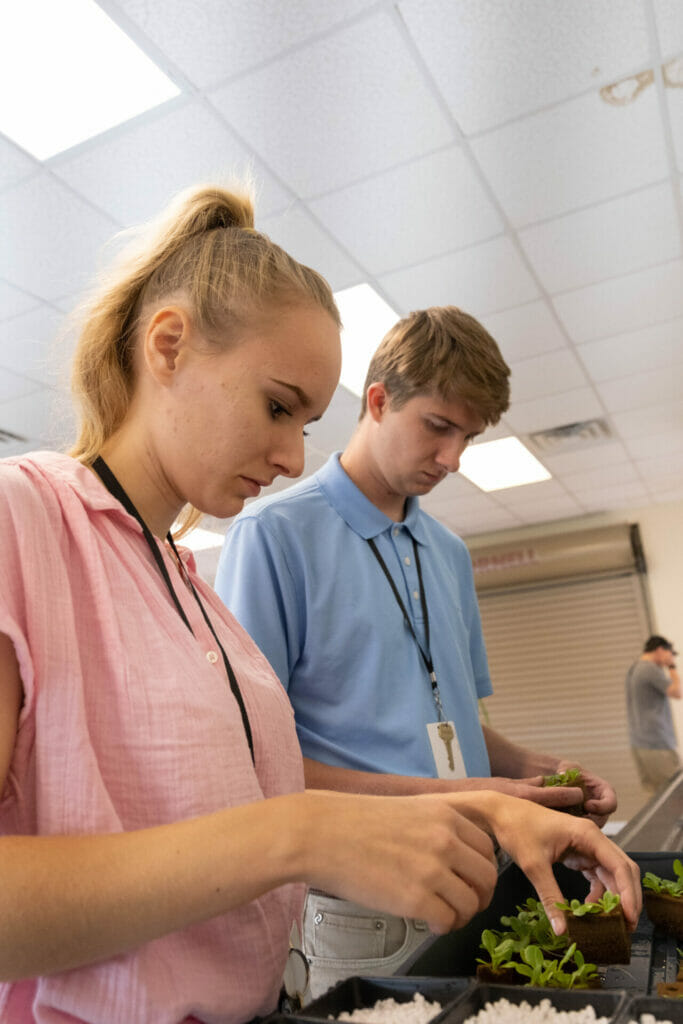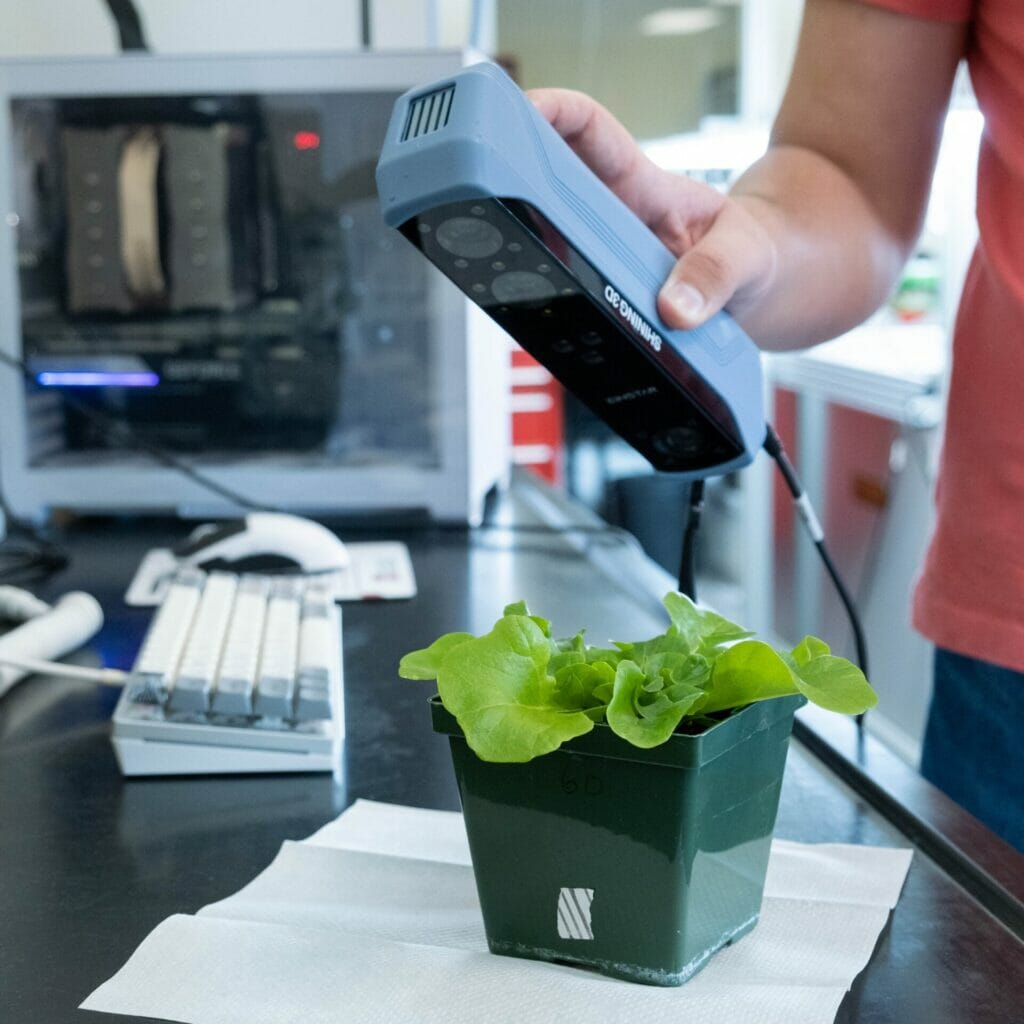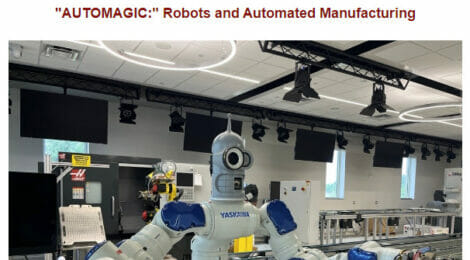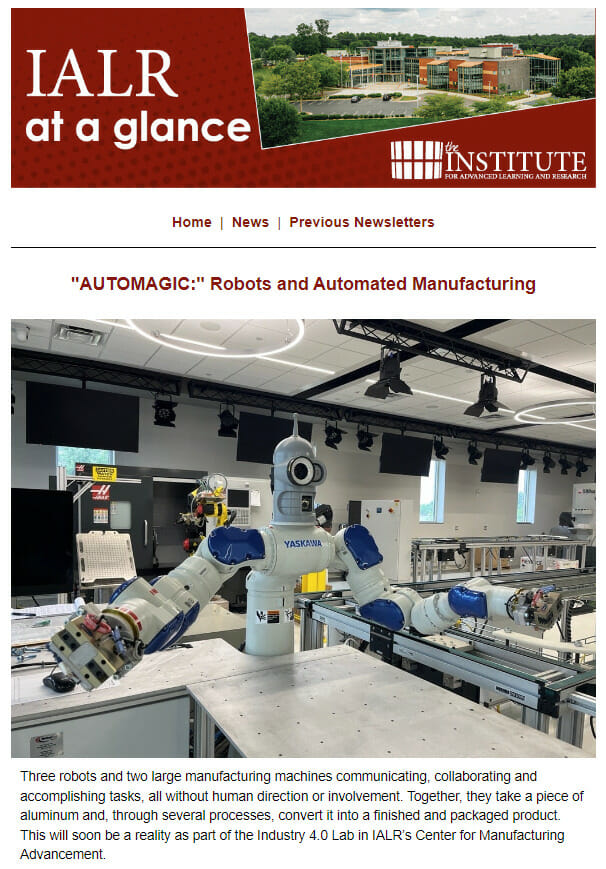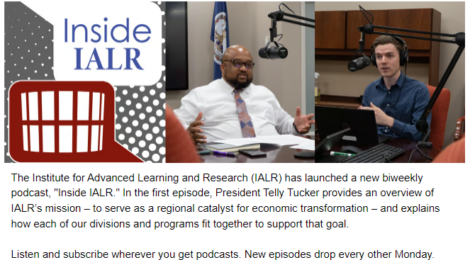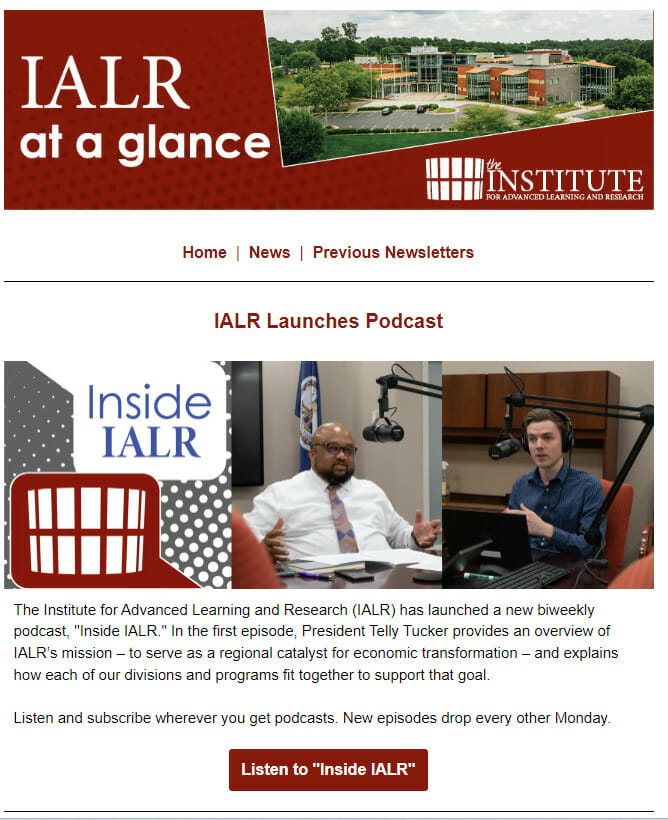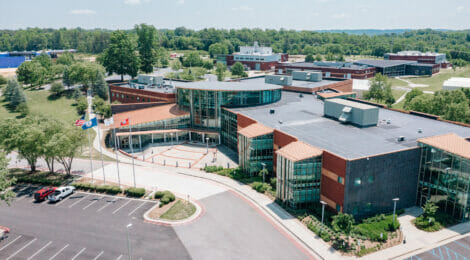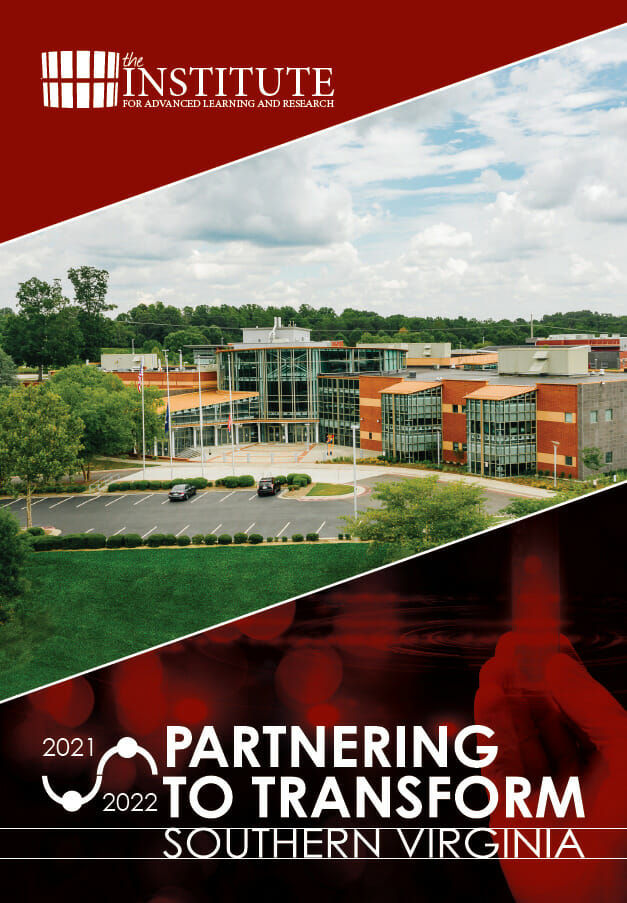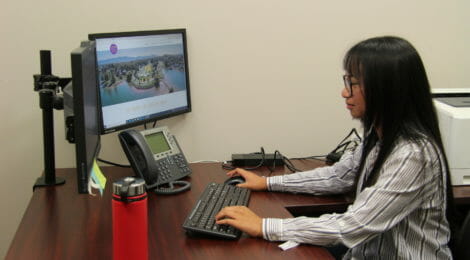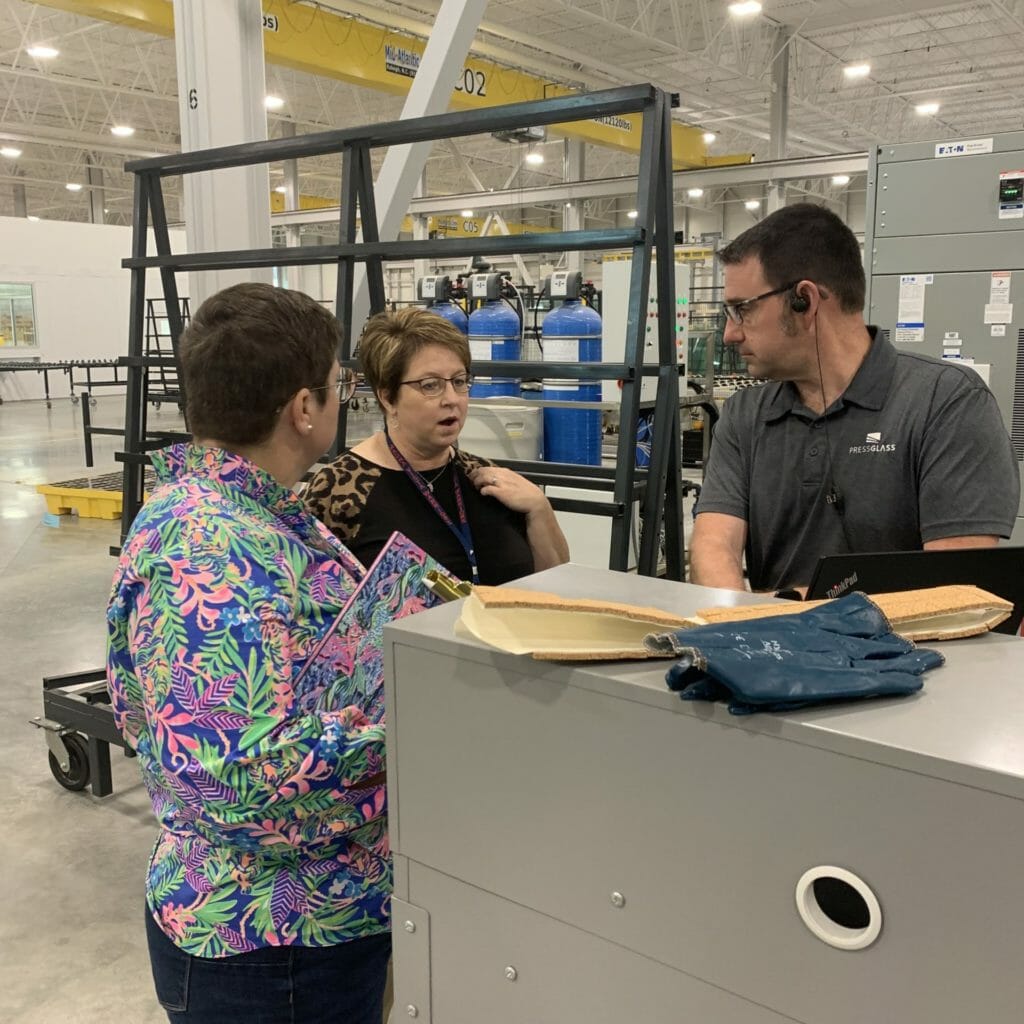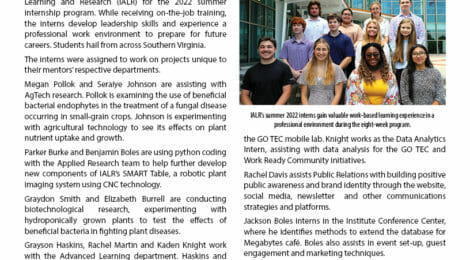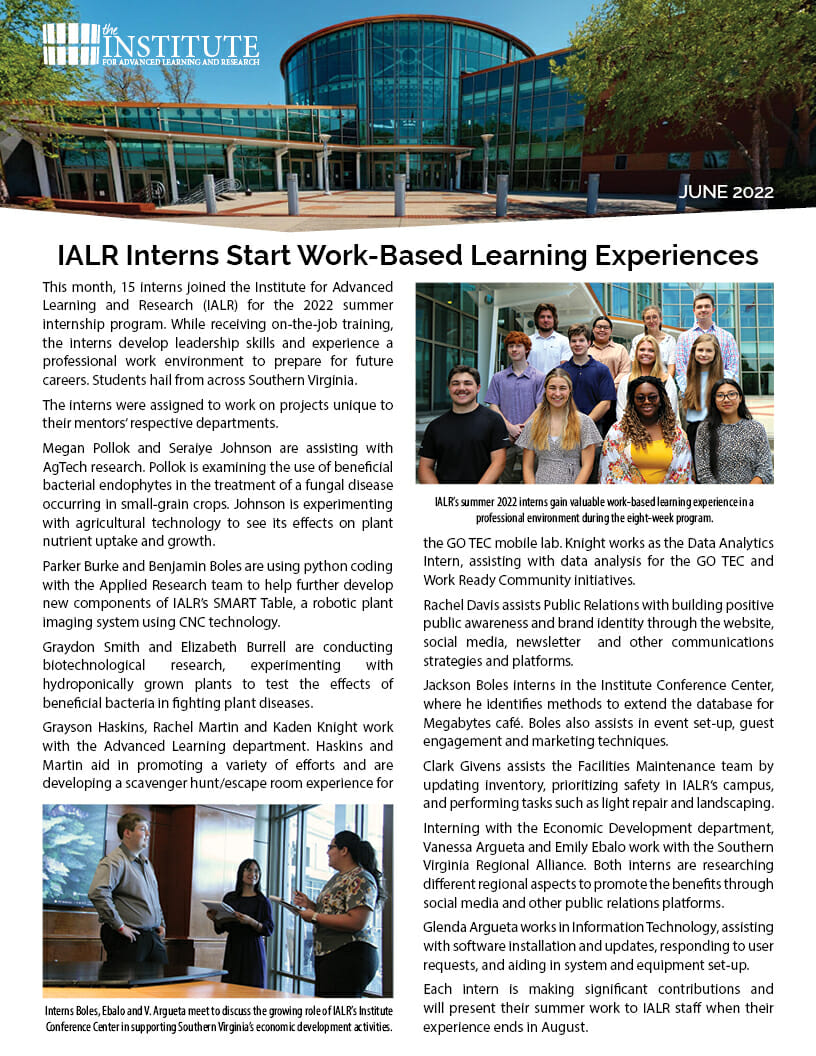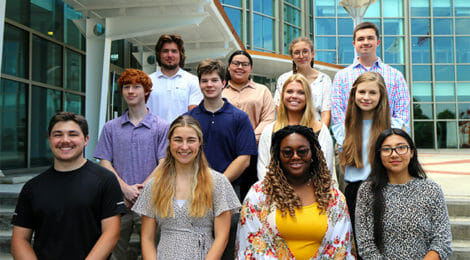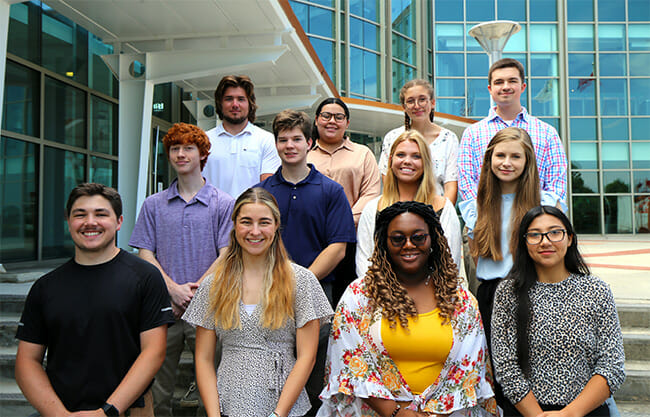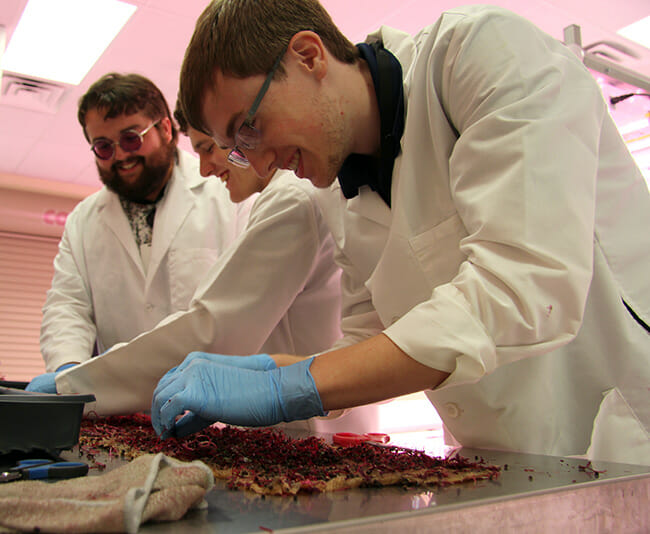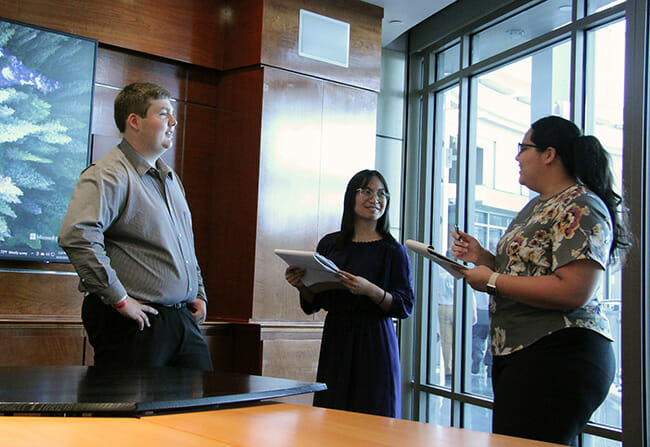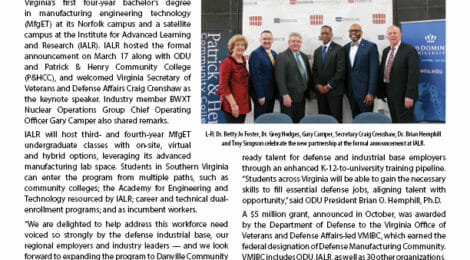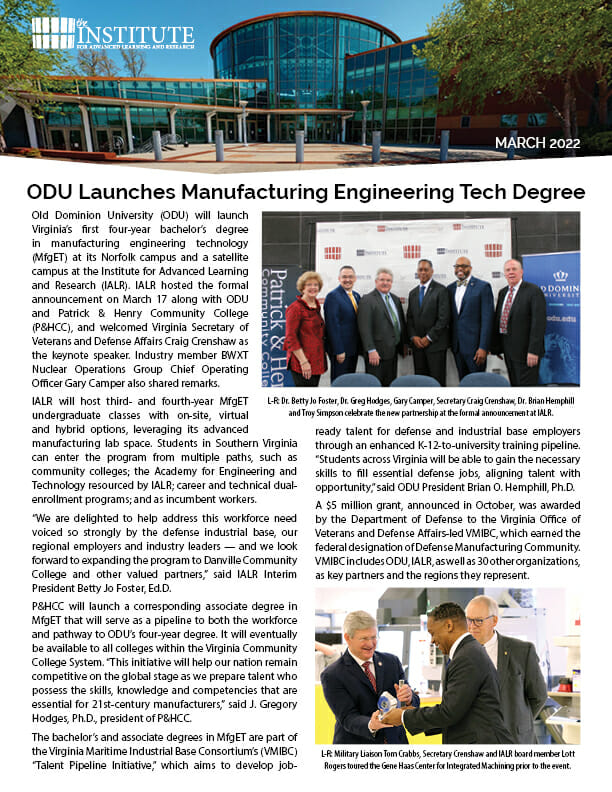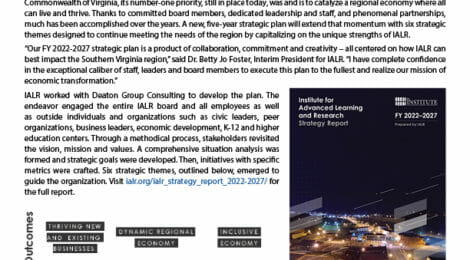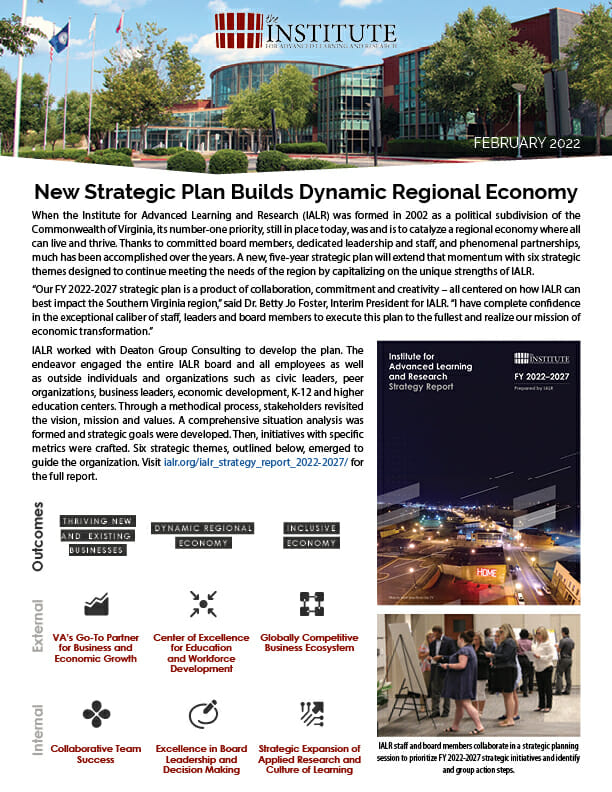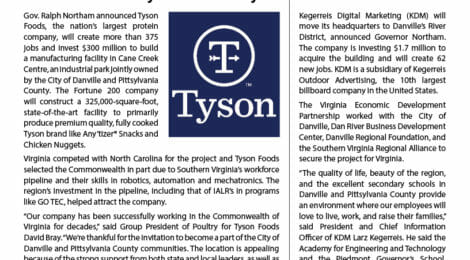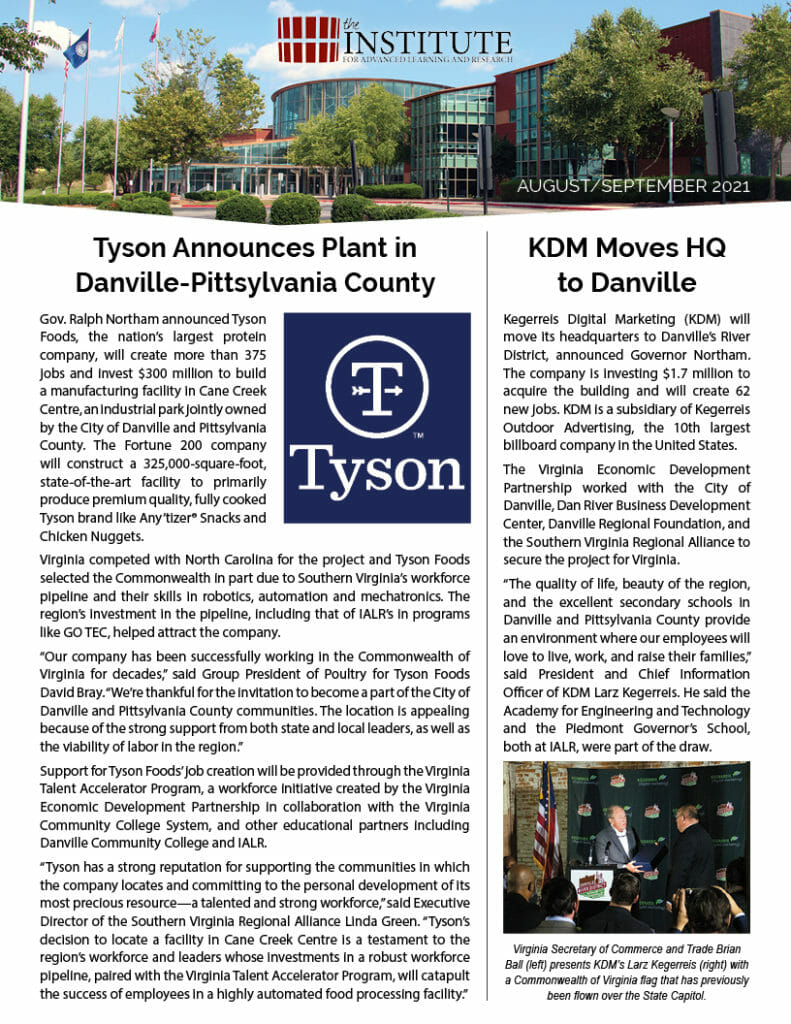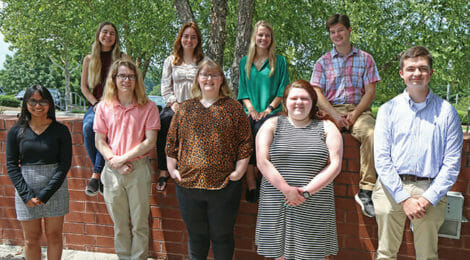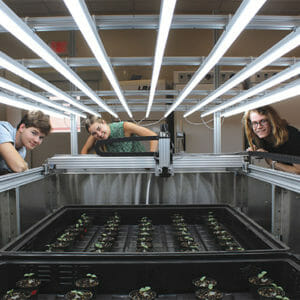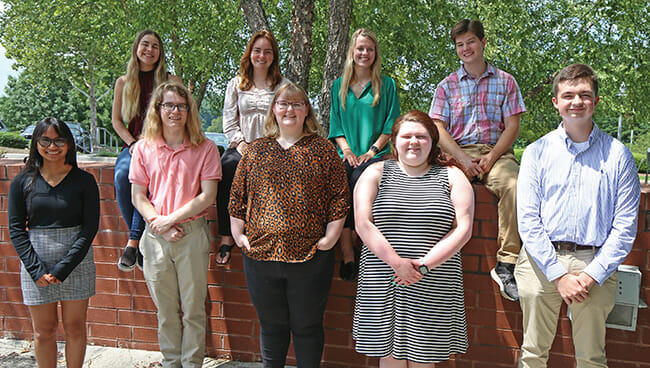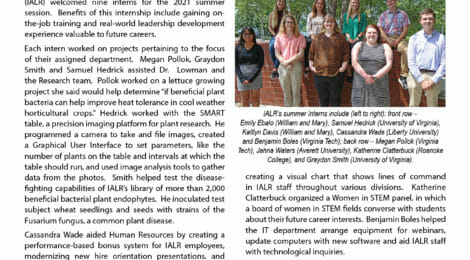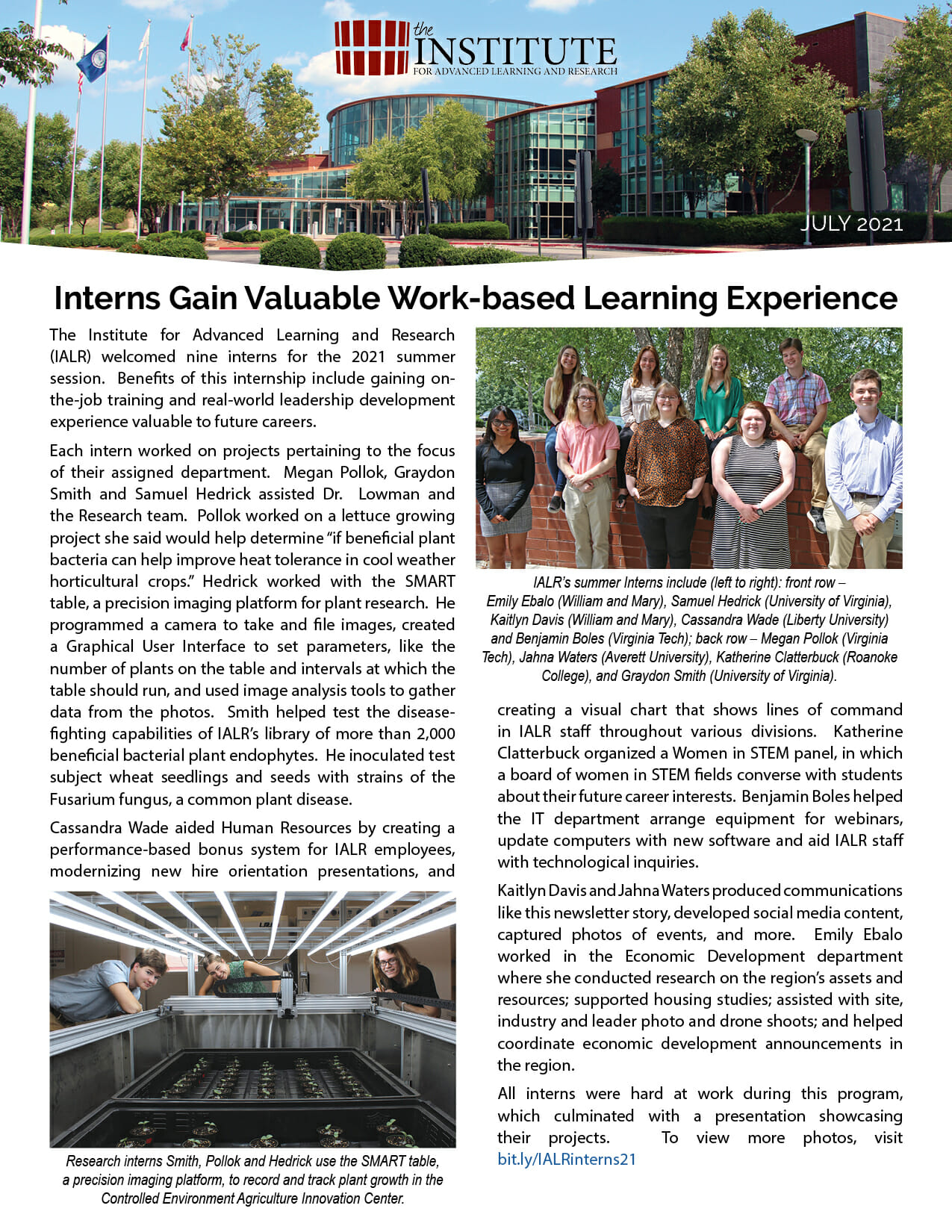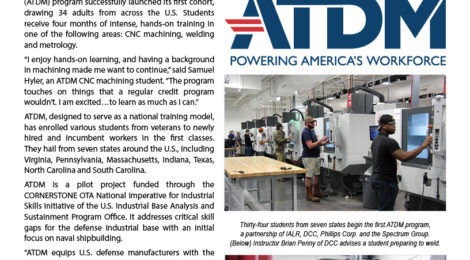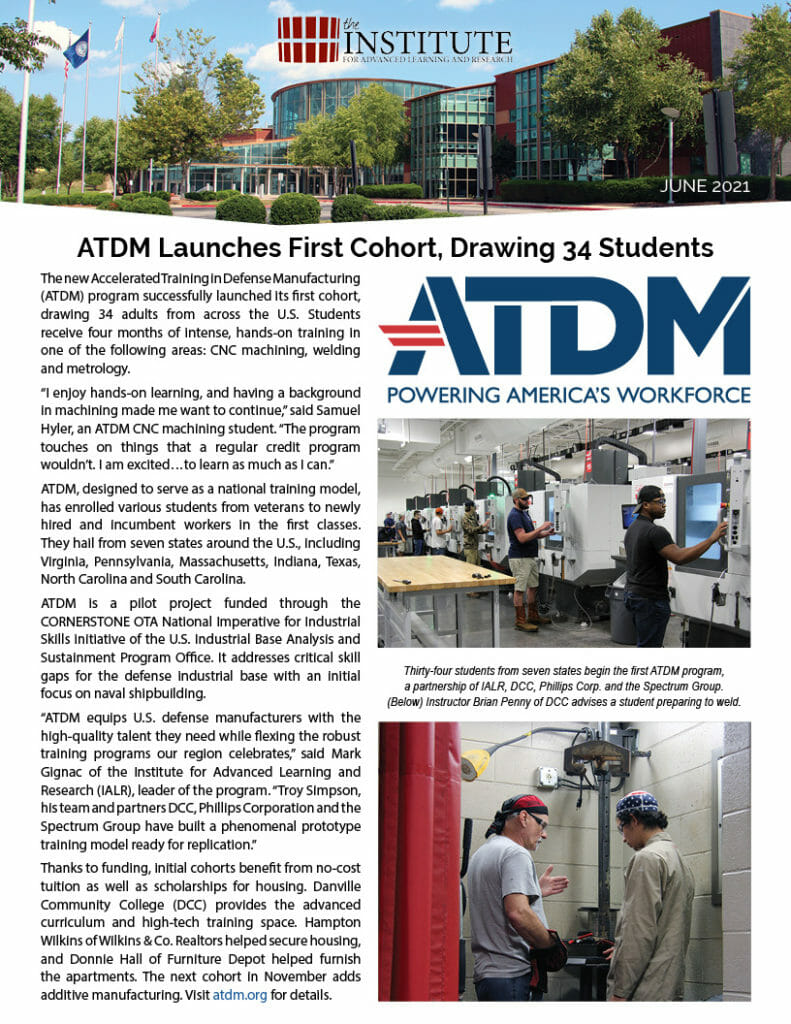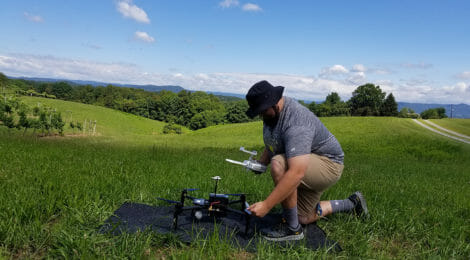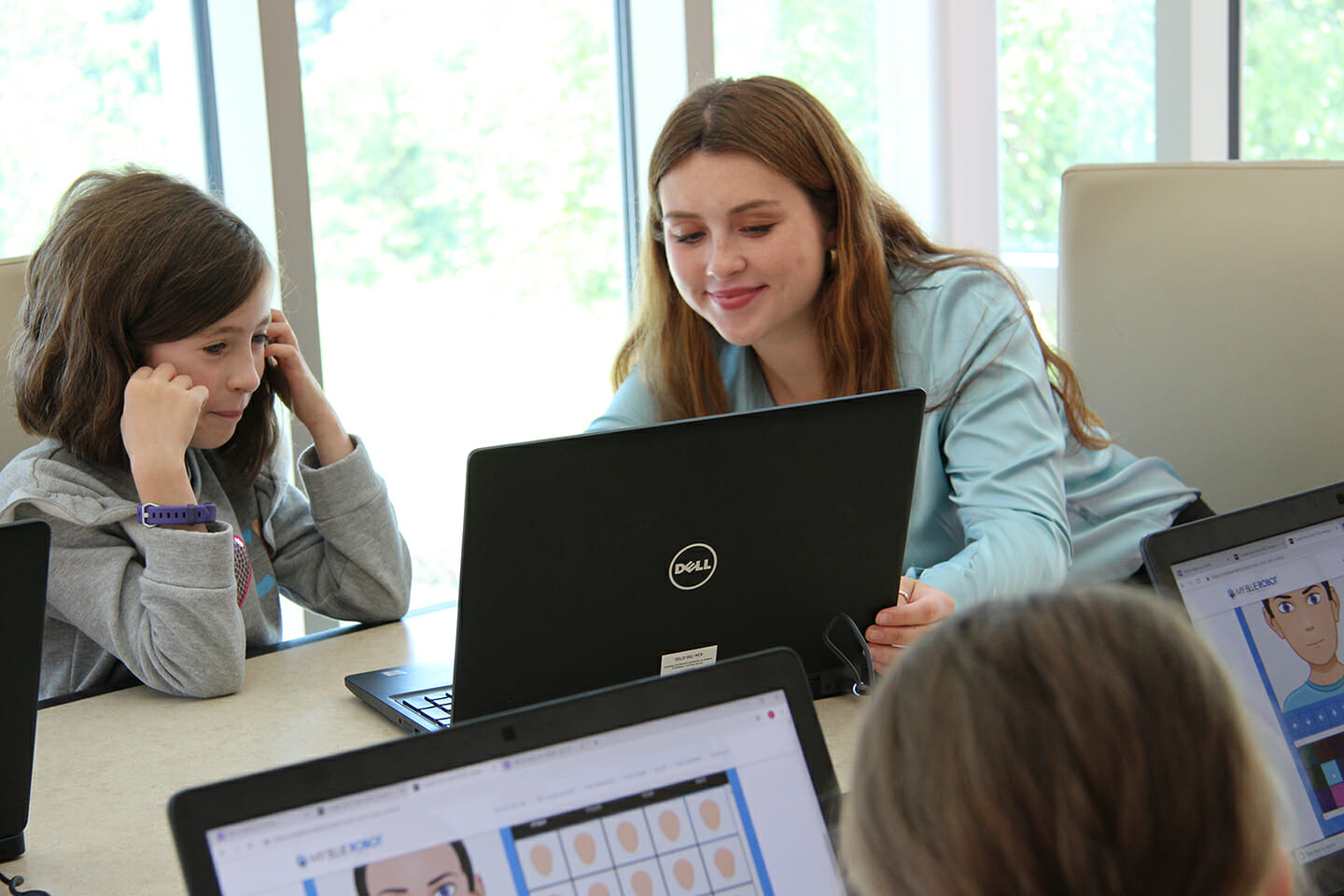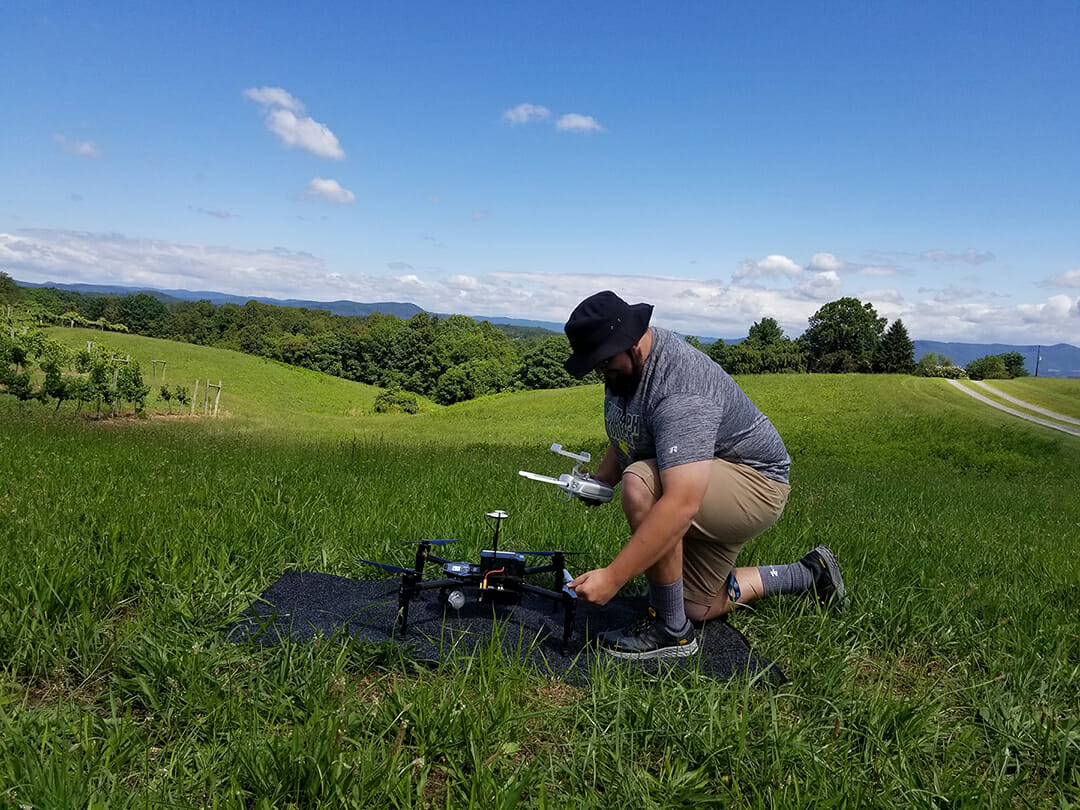The Institute for Advanced Learning and Research (IALR) is seeking employers and businesses across Southern Virginia to partner and participate in work-based learning programs.
“We encourage employers across Southern Virginia to participate in our programs, which help employers grow the regional workforce and allow students to connect and learn about quality career opportunities in the region.” – Jessie Vernon, Advanced Learning Program Manager, IALR
Each of the programs below is part of IALR’s EmPOWER framework, an employer-driven system to empower and connect students to careers. Through career awareness, engagement and experience IALR builds pipelines of students whose skillsets align with current employer needs and economic development interests.
AspHIRE – Meet Your Future Workforce

IALR is looking for volunteers to participate as mock interviewers or session presenters at AspHIRE mock interview days across Southern Virginia. The mock interview days allow high school seniors – as well as some juniors – to hone their interview skills with a local professional. Students take part in a formal business lunch and several work-readiness sessions.
The AspHIRE Mock Interview Days will take place at the following locations and times:
- Danville, Institute for Advanced Learning and Research: March 5 and 7
- Farmville, Longwood University: March 13
- South Boston, Southern Virginia Higher Education Center: March 26
The minimum volunteer commitment is 1.5 hours, but business professionals and employers who would like to invest more time are welcome. Sponsorship opportunities are also available.
Ignite – Internships

IALR is looking for businesses that can host a high school or college intern this summer. Companies will receive assistance in navigating the logistics of creating an internship program and finding talent. IALR also connects employers with available resources – including matching funds and mentor training – from partners like the Virginia Talent + Opportunity Partnership (Virginia TOP).
More than 25,000 students across Southern Virginia have access to MajorClarity, a work-based learning platform where all internships will be posted. This gives businesses access to the best and brightest students across the region. Internship duration and hours are customizable and companies may be eligible for matching funds for the cost of the intern.
Next generation Of Work (NOW) – Teamship
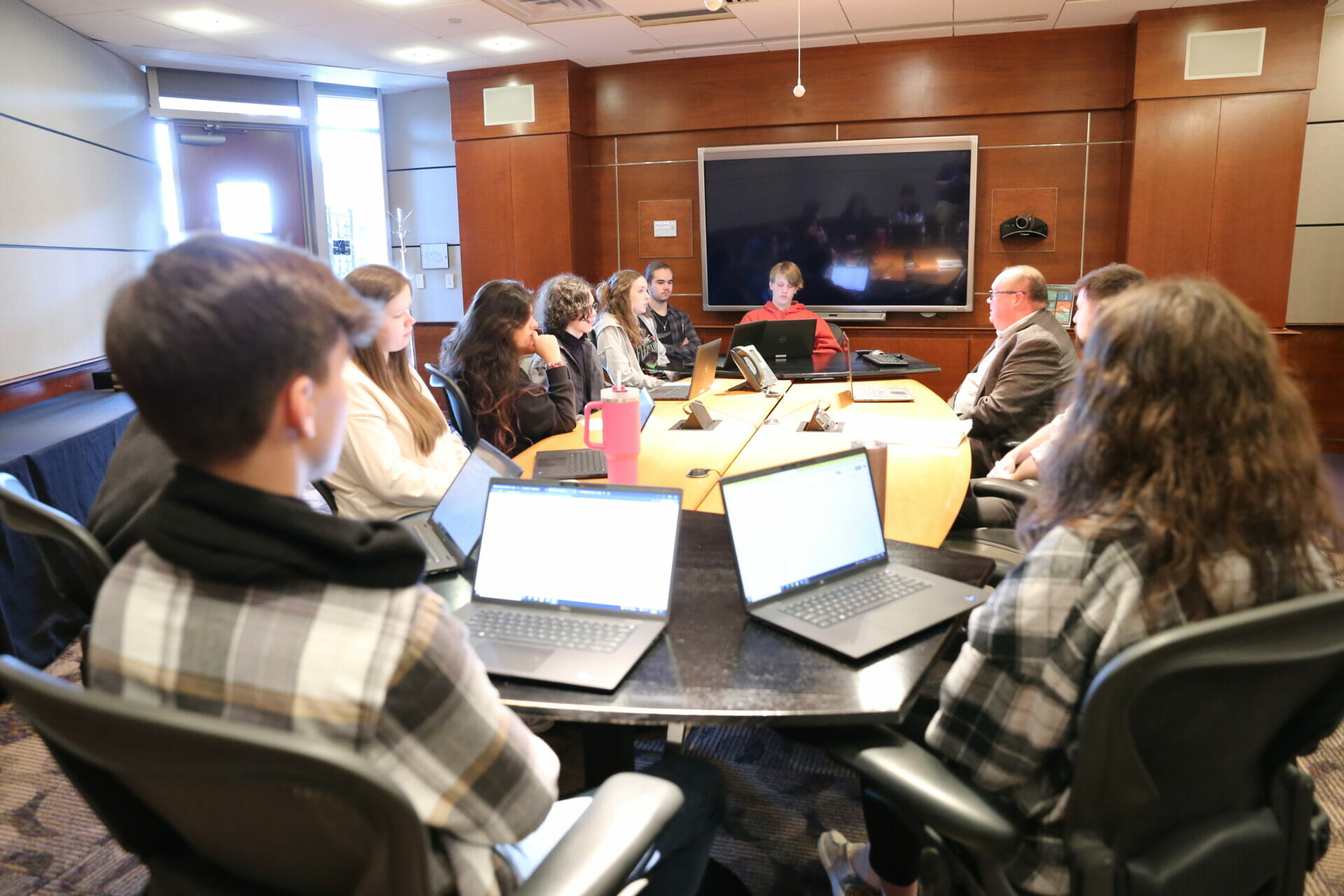
IALR is looking for businesses interested in having teams of students tackle a pressing business problem – a process that provides benefits for students and benefits for employers. The time commitment for businesses participating in NOW is just five hours; students are supported by a District C-certified coach.
Past business participants have posed problems such as staffing difficulties, EPA regulations, and the adoption of new technology.
Businesses meet with the students three times during the Teamship process and receive real solutions to their problems. The next cohort of NOW-Teamshp will begin April 8. Businesses that are interested in participating should contact Jessie Vernon no later than March 11.
Exploring Careers Through Industry Teacher Externships (Excite)
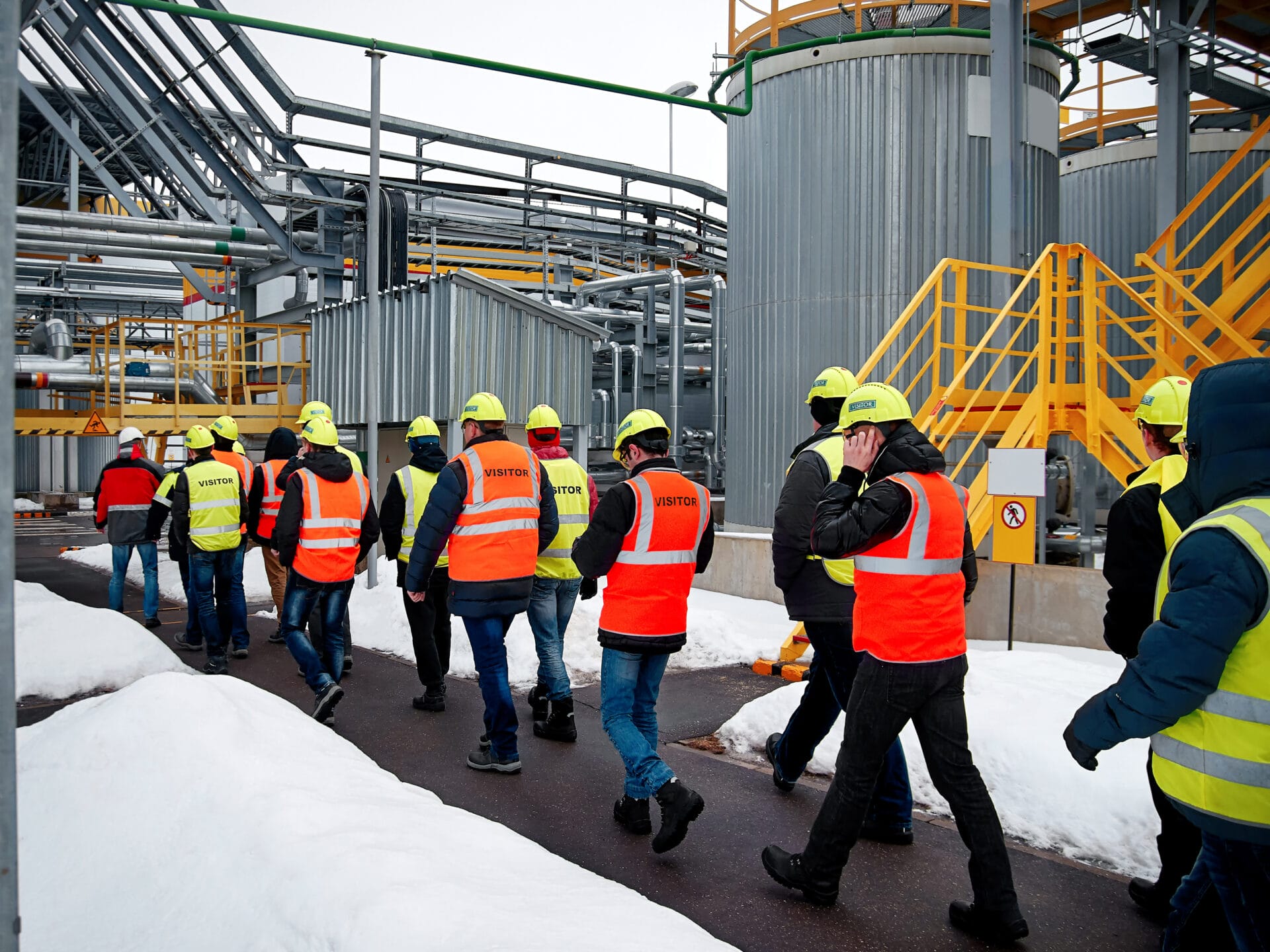
IALR is looking for businesses to host teachers or school counselors through Exploring Careers through Industry Teacher Externships (EXCITE), a professional development program for educators across 15 counties in Virginia. This teacher externship program connects the classroom to the workplace. Teachers can use their experiences to design and implement classroom activities, projects and work-based learning opportunities that will add relevance and meaning to students’ classroom learning.
Participating businesses commit between one and three days during the summer to host educators. There is no financial commitment associated with this program.
Businesses interested in hosting an educator this summer can contact Kiana Dillard. The deadline to sign up to host an educator is May 3.
Sector-Focused Camps
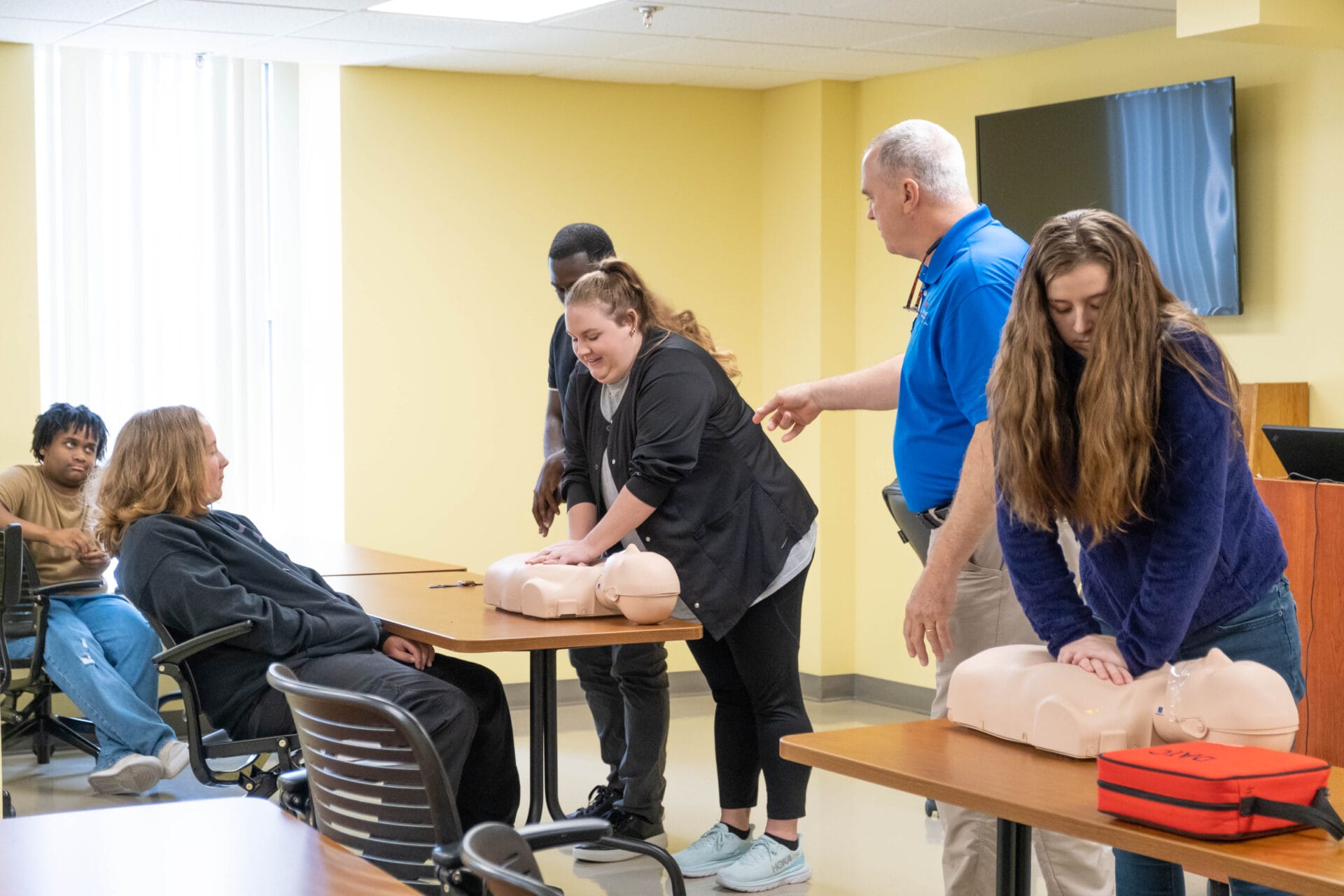
In addition to summer STEM camps hosted at IALR, IALR works with local employers to develop and implement sector-focused camps. These camps, which can range from a single day to a whole week, provide an opportunity to introduce students to targeted industries – and help them discover career paths to enter these fields.
Past sector-focused camps have focused on industries like local government, healthcare and construction.
Businesses that are interested in hosting student tours, serving as guest speakers/instructors, or sponsoring a sector-focused camp should contact Jessie Vernon.
Registered Apprenticeship
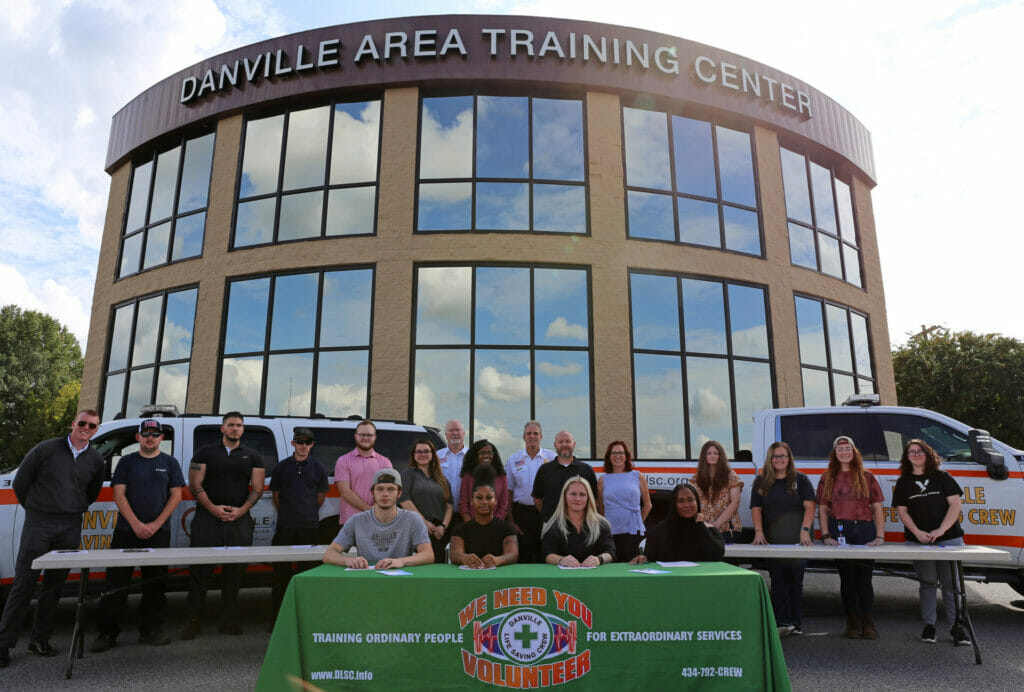
In partnership with IALR, the Danville Life Saving Crew – the primary Emergency Medical Services provider for the City of Danville – signed 13 individuals as Virginia’s first Emergency Medical Technician (EMT) registered apprentices during an October ceremony.
IALR also supports the development and implementation of successful registered apprenticeship programs for employers across Southern Virginia through the Expanding Talent through Registered Apprenticeship (ExTRA) program. Registered apprenticeship is an industry-driven workforce training strategy that combines on-the-job training and classroom instruction to develop highly skilled employees in a particular occupation
State Registered Apprenticeship is ideal for various sectors like construction, healthcare, early childhood education, manufacturing and information technology.
Through ExTRA, IALR provides technical assistance in the creation of apprenticeship programs, grant funding, connections to employers and talent, and more.
Employers that are interested in apprenticeships should contact Natori Neal.

